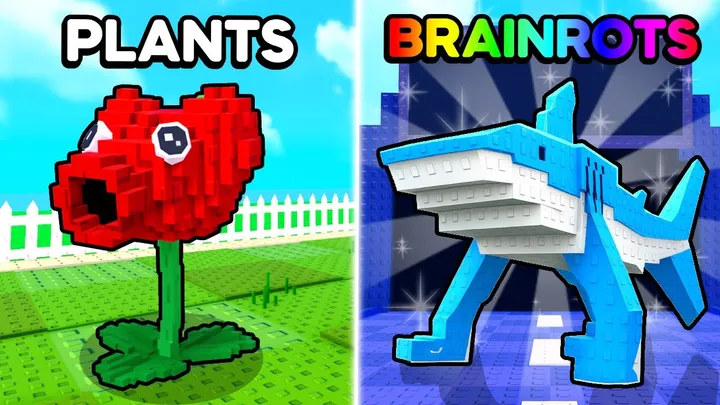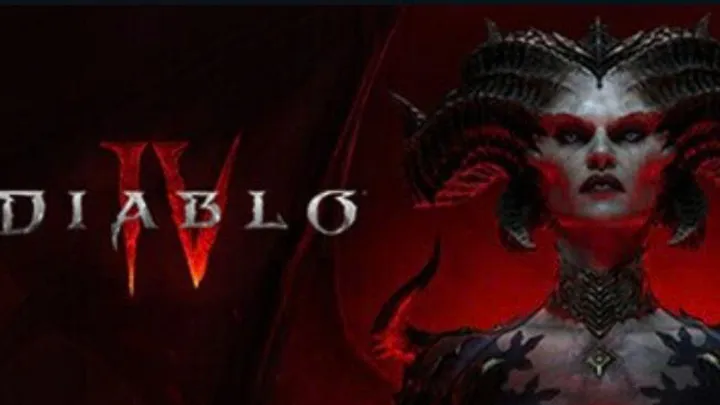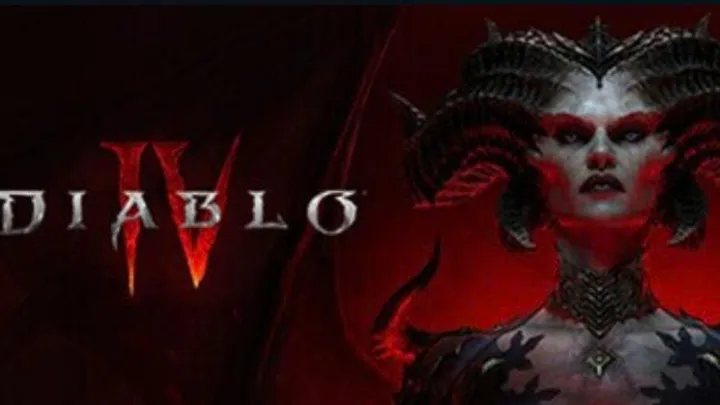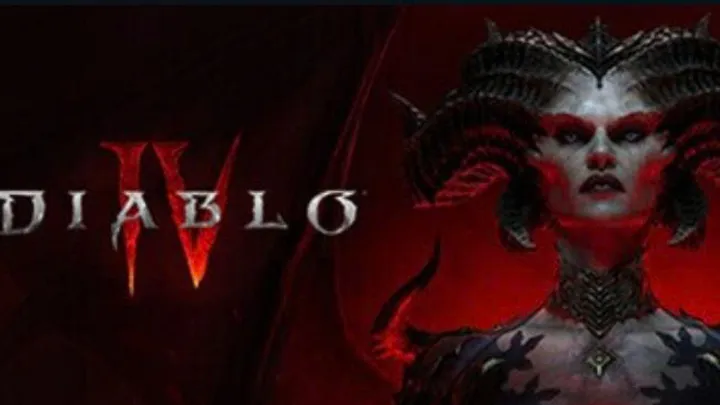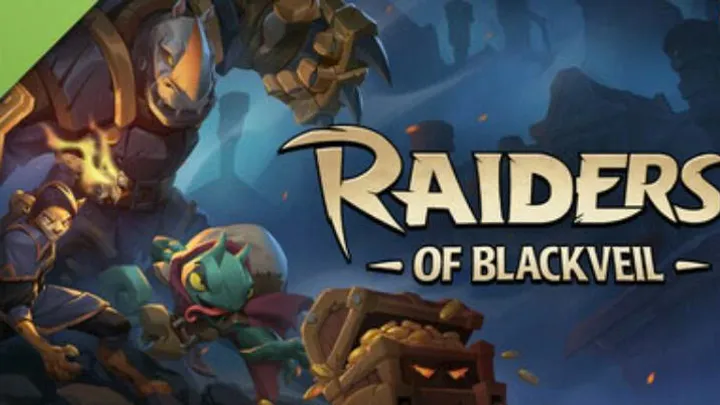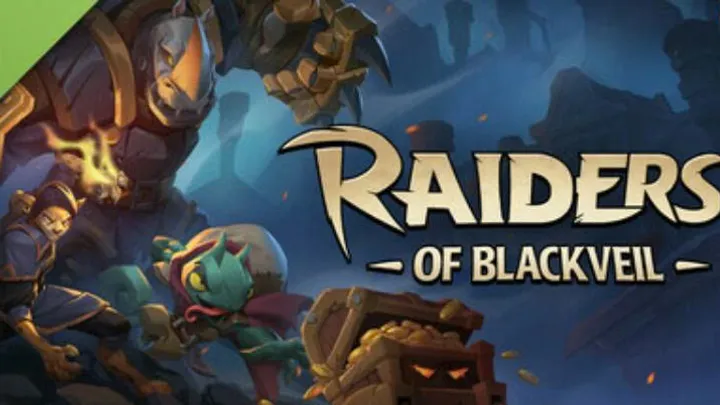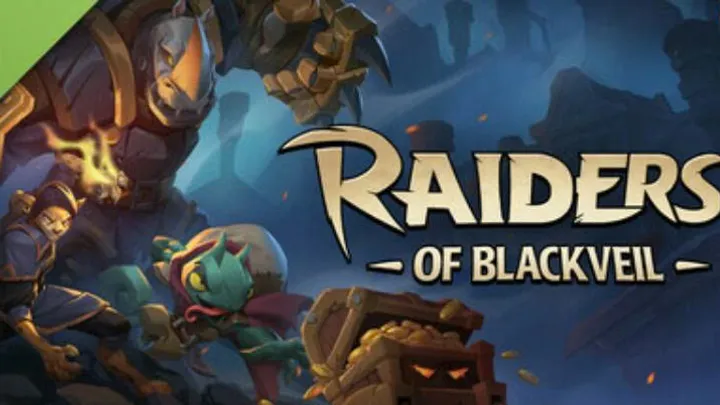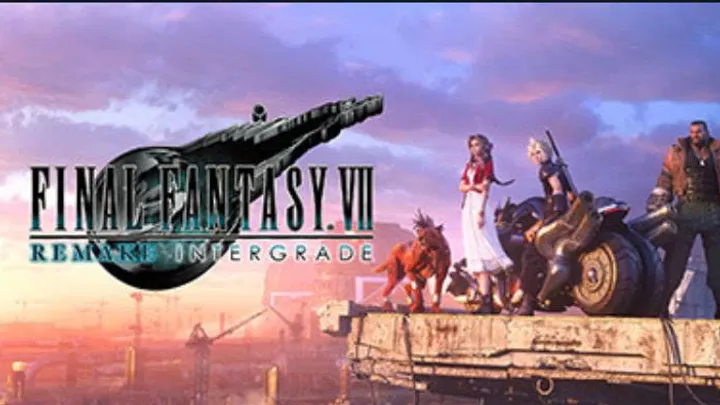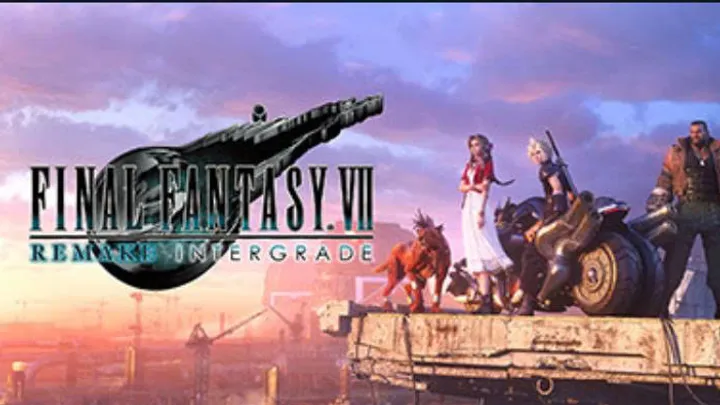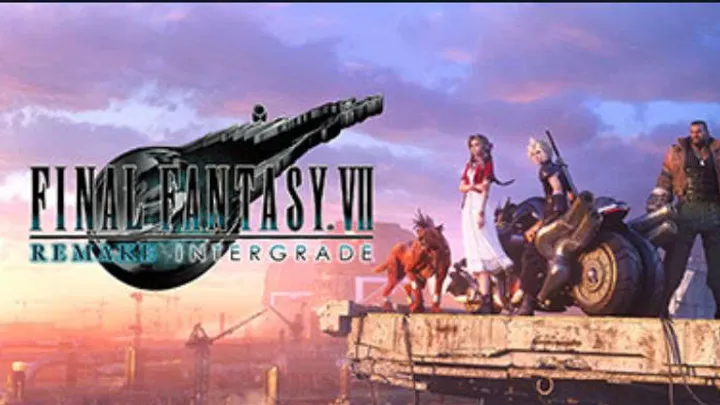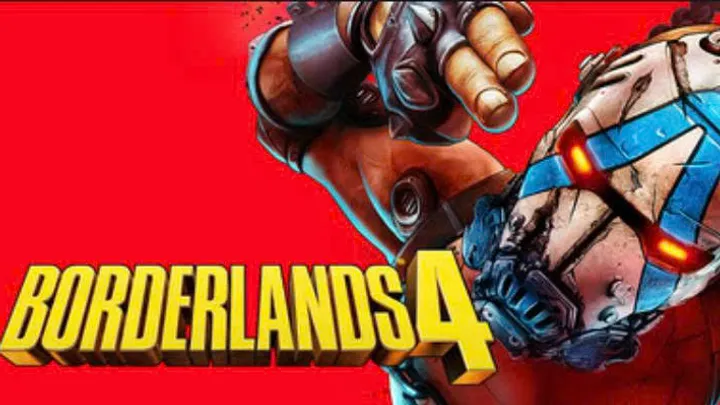SMITE 2 is a third-person MOBA that blends action-packed combat with strategic gameplay. Unlike traditional MOBAs, players control mythological gods in fast-paced, skill-based fights. Each god has unique abilities, roles, and playstyles, making mastery both challenging and rewarding.
This guide covers the essentials: understanding roles, choosing gods, mastering combat, working as a team, and climbing the ranked ladder. Whether you’re new or returning from the original SMITE, these tips will help you thrive in SMITE 2.
Understanding the Basics of SMITE 2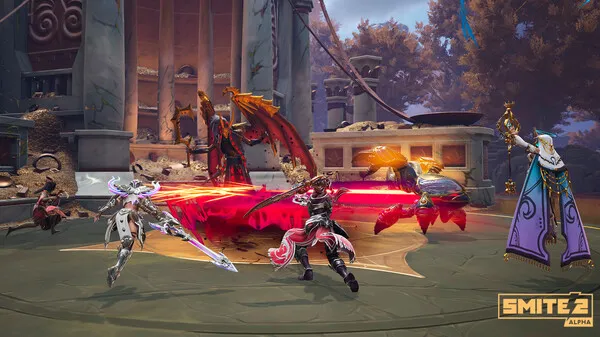
Matches typically involve two teams of five players competing to destroy the enemy Titan while defending their own. Maps contain lanes, jungle areas, and neutral objectives.
Key concepts include:
- Lanes: Locations where minions spawn and fight. Each team usually has three lanes: solo, mid, and duo (ADC + support).
- Jungle: Houses neutral monsters that grant buffs or experience when defeated.
- Objectives: Gold Fury, Fire Giant, and Titan give strategic advantages.
Understanding the map and objectives is crucial before diving into combat.
Choosing Your Role
Roles in SMITE 2 determine your position and responsibilities:
- Solo: Tanky gods who hold the solo lane.
- Mid: High-damage mages, usually roaming and farming experience.
- ADC: Physical damage dealer, paired with a support.
- Support: Protects ADC and controls vision.
- Jungle: Rotates between lanes and farms jungle camps to assist teammates.
Pick a role that matches your playstyle and learn the mechanics of that position first. Specializing helps you contribute more consistently.
Selecting Gods and Understanding Abilities
Each god has a unique kit: three abilities, a passive, and an ultimate.
- Active Abilities: Core spells used for damage, crowd control, or buffs.
- Ultimate Ability: Powerful ability with high impact, usually on cooldown.
- Passive Ability: Provides constant or situational bonuses.
Experiment with gods from different pantheons (Greek, Norse, Egyptian, etc.) to find one that suits your preferred role. Early mastery comes from understanding ability combos and timing.
Combat Mechanics and Skill Shots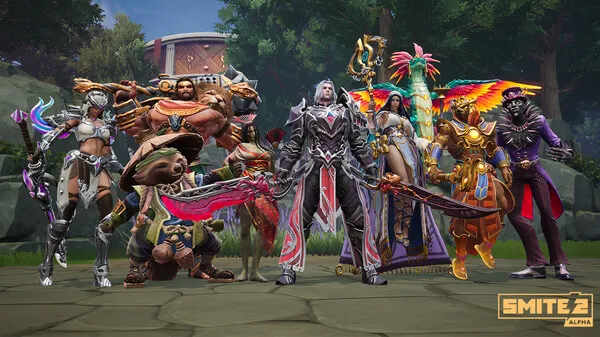
Combat is action-oriented. Positioning, aim, and timing matter more than just clicking buttons.
- Auto Attacks vs. Abilities: Basic attacks deal consistent damage; abilities have higher impact and effects.
- Skill Shots: Require aiming; practice predicting enemy movement.
- Crowd Control (CC): Stuns, slows, roots, and knock-ups are essential for turning fights.
Always consider terrain and line-of-sight. Hitting enemies from cover or surprise angles can dramatically shift battles.
Farming, Experience, and Gold Management
Farming minions, jungle camps, and enemy gods is key to acquiring gold and experience.
- Last-Hitting Minions: Grants gold and experience.
- Jungle Buffs: Blue and red camps provide attack or ability enhancements.
- Objectives: Killing Gold Fury or Fire Giant grants team-wide benefits.
Balancing lane farming with map awareness ensures you stay relevant in the mid- to late-game.
Building Items and Gear
Items amplify your god’s power and suit specific strategies. SMITE 2 features:
- Starter Items: Provide early stats to survive lanes.
- Core Items: Enhance main abilities or damage type.
- Situational Items: Counter enemy composition, such as anti-heal or penetration.
Adapt builds based on the match. Static builds are rarely optimal — flexibility is crucial.
Teamwork and Communication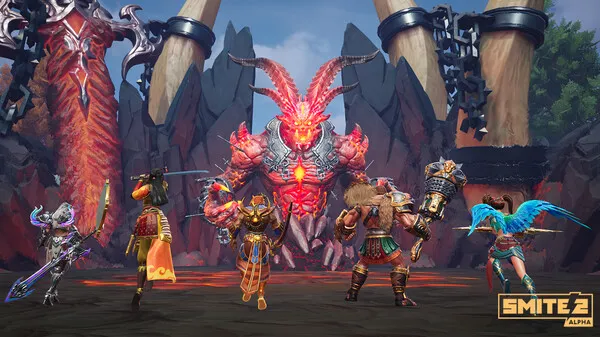
Success in SMITE 2 depends heavily on coordination.
- Pings and Voice Chat: Alert teammates to enemy positions or objectives.
- Rotations: Help lanes in need or secure objectives together.
- Combos: Chain crowd control and damage abilities for maximum effect.
A well-coordinated team can overcome skill differences and secure victories.
Objectives, Map Control, and Strategy
Objectives like Gold Fury, Fire Giant, and Towers provide advantages that often dictate the outcome of matches.
- Gold Fury: Offers team-wide gold boost; priority early to mid-game.
- Fire Giant: Grants attack and defense buffs; critical late-game.
- Tower and Phoenix Control: Defend and push strategically to pressure the enemy.
Objective control is often more important than chasing kills; focus on team goals for consistent wins.
Advanced Tips and Competitive Play
To climb in ranked or dominate casual matches:
- Know Enemy Cooldowns: Track ultimates and key abilities.
- Ward and Vision Control: Prevent ambushes and secure objectives.
- Adapt Builds and Playstyle: Counter enemy compositions effectively.
- Practice Skill Shots: Master aim and timing for critical abilities.
Consistent improvement, map awareness, and teamwork define top-tier players.
Conclusion
SMITE 2 blends strategic planning, skillful execution, and mythological storytelling. Mastering gods, roles, items, and objectives is essential for survival and victory.
Patience, practice, and communication are key. By focusing on mechanics, team synergy, and map control, you can excel in both casual and competitive matches.
